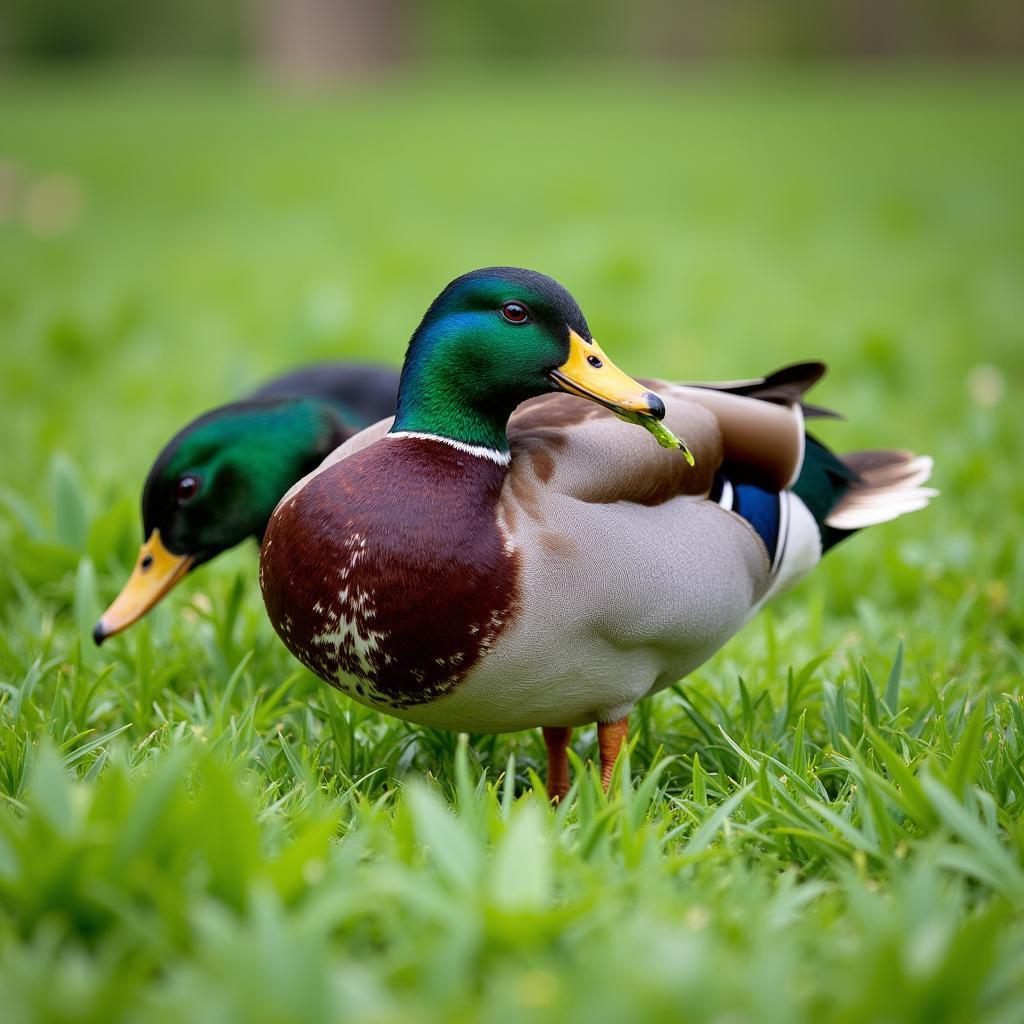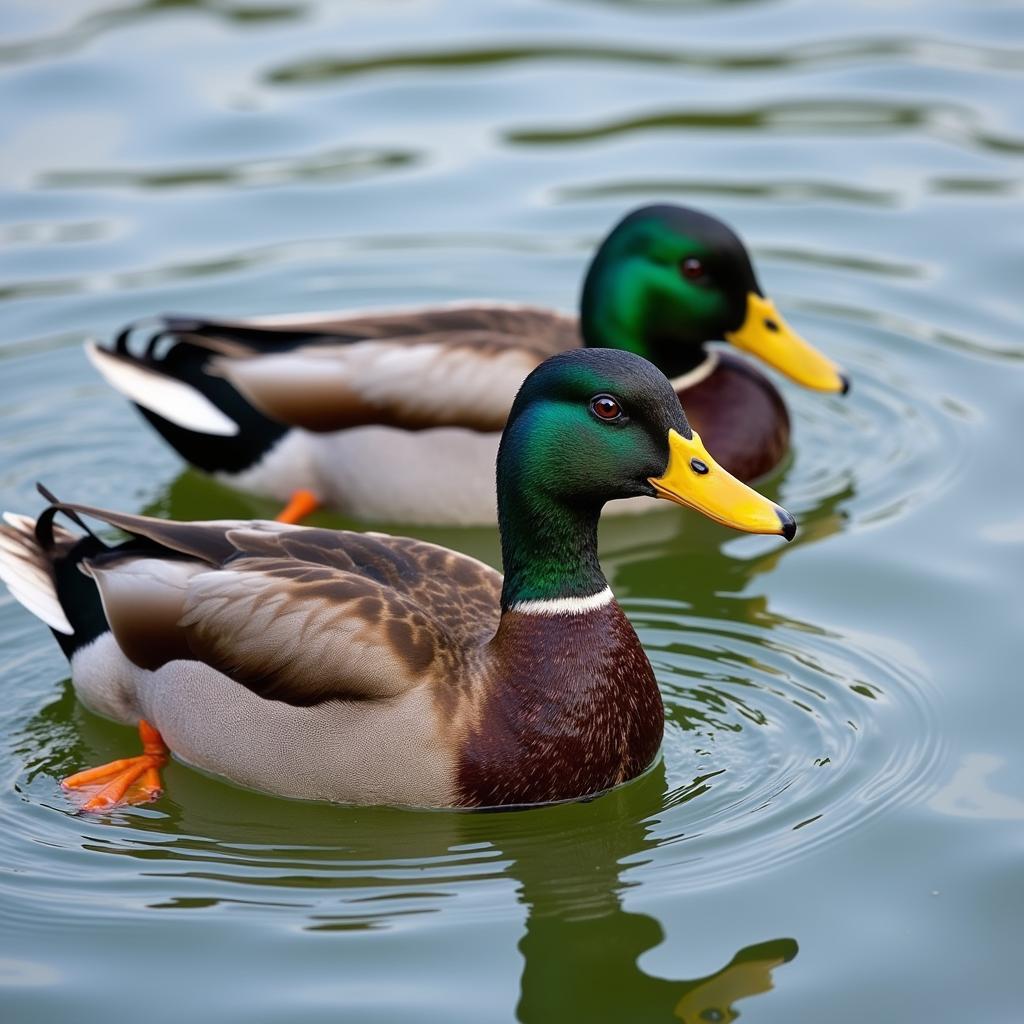Ducks are fascinating creatures, known for their waddling gait, quacking calls, and of course, their love for water. But have you ever stopped to wonder what the world looks like through their eyes? Specifically, can ducks see colors like we do, or are they color blind?
Ducks See More Colors Than We Do
The answer is no, ducks are not color blind. In fact, they have superior color vision compared to humans. Here’s why:
-
Tetrachromatic Vision: Ducks possess tetrachromatic vision, meaning they have four types of color-detecting cones in their eyes. Humans, on the other hand, typically have trichromatic vision, with only three types of cones. This extra cone type allows ducks to perceive a wider spectrum of colors, including ultraviolet (UV) light, which is invisible to the human eye.
-
Seeing Ultraviolet Light: The ability to see UV light is particularly advantageous for ducks. It helps them to:
- Find Food: Many insects and berries reflect UV light, making them stand out against a background of green foliage. This makes foraging much easier for ducks.
- Identify Potential Mates: Some duck species exhibit UV patterns on their feathers that are invisible to humans. These patterns play a role in mate selection.
-
Enhanced Color Perception: Even within the visible spectrum, ducks’ tetrachromatic vision enables them to differentiate between subtle shades of color that humans might miss. This is especially useful for identifying predators and navigating their environment.
 Duck Foraging in Grass
Duck Foraging in Grass
Comparing Duck Vision to Human Vision
To better understand the difference in color perception, imagine this: while humans see a rainbow with seven distinct colors, ducks might see the same rainbow with an additional range of colors that extend beyond our visible spectrum, including variations within those seven colors that we cannot distinguish.
The Importance of Color for Ducks
Color plays a vital role in various aspects of a duck’s life. From finding food and mates to avoiding predators and navigating their surroundings, their exceptional color vision provides them with a significant advantage.
Frequently Asked Questions
1. Do all duck species have the same color vision?
While most duck species exhibit tetrachromatic vision, there might be slight variations in their color perception depending on their habitat and feeding habits.
2. Are ducks nocturnal?
Ducks are primarily diurnal, meaning they are most active during the day. However, some species might exhibit crepuscular activity, meaning they are active at dawn and dusk. Their excellent color vision is beneficial even in low-light conditions.
 Male and Female Mallards
Male and Female Mallards
3. How does the shape of a duck’s eye affect its vision?
Ducks have laterally placed eyes, providing them with a wide field of view. This allows them to scan their surroundings effectively for predators and other threats.
4. Besides color vision, what other sensory adaptations do ducks have?
Ducks have a well-developed sense of hearing and touch. They also have sensitive bills that help them locate food in mud and water.
5. Can ducks see in the dark?
While ducks do not have exceptional night vision like some nocturnal animals, their eyes are adapted to function in low-light conditions, allowing them to see relatively well at dawn and dusk.
Need Help with Your Home Design?
If you’re looking to add a splash of color to your living space, Color Box Hanoi can help! Our team of expert color consultants and designers can guide you in creating a vibrant and inspiring home that reflects your unique style. Contact us today at 0373298888 or email us at [email protected]. Our team is available 24/7 to assist you with all your color and design needs. Visit our showroom at 86 Cầu Giấy, Hà Nội, and let us help you transform your dream home into a reality!

